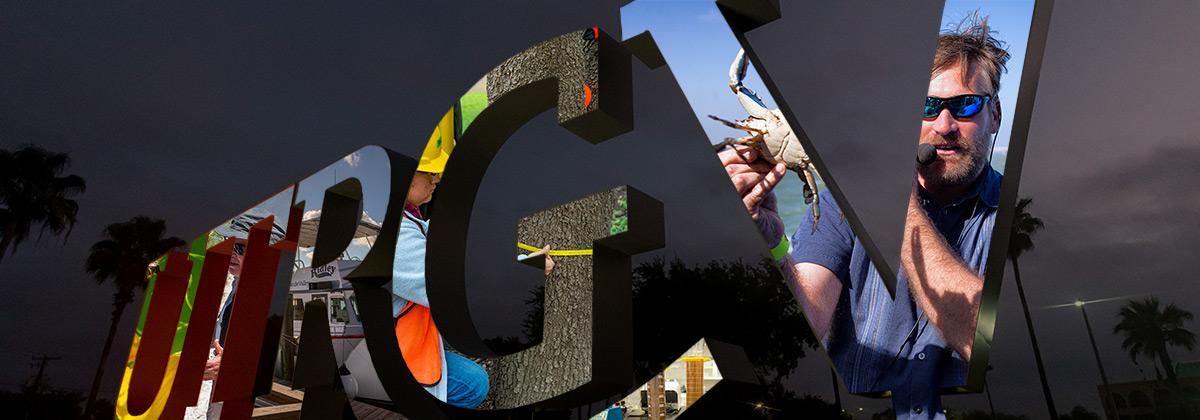
School of Earth, Environmental, and Marine Sciences Faculty Publications and Presentations
Document Type
Article
Publication Date
11-2019
Abstract
Highlights
-
We review 50 years of history and advances in remote sensing of C fluxes and stocks
-
We present an overview of terrestrial C cycle, remote sensing, and key milestones
-
We review remote sensing platforms/sensors, data, methods, findings, and challenges
-
We also discuss the uncertainty and validation of the C flux and stock estimates
-
A forward-looking perspective and insights for future research are provided
Abstract
Quantifying ecosystem carbon fluxes and stocks is essential for better understanding the global carbon cycle and improving projections of the carbon-climate feedbacks. Remote sensing has played a vital role in this endeavor during the last five decades by quantifying carbon fluxes and stocks. The availability of satellite observations of the land surface since the 1970s, particularly the early 1980s, has made it feasible to quantify ecosystem carbon fluxes and stocks at regional to global scales. Here we provide a review of the advances in remote sensing of the terrestrial carbon cycle from the early 1970s to present. First, we present an overview of the terrestrial carbon cycle and remote sensing of carbon fluxes and stocks. Remote sensing data acquired in a broad wavelength range (visible, infrared, and microwave) of the electromagnetic spectrum have been used to estimate carbon fluxes and/or stocks. Second, we provide a historical overview of the key milestones in remote sensing of the terrestrial carbon cycle. Third, we review the platforms/sensors, methods, findings, and challenges in remote sensing of carbon fluxes. The remote sensing data and techniques used to quantify carbon fluxes include vegetation indices, light use efficiency models, terrestrial biosphere models, data-driven (or machine learning) approaches, solar-induced chlorophyll fluorescence (SIF), land surface temperature, and atmospheric inversions. Fourth, we review the platforms/sensors, methods, findings, and challenges in passive optical, microwave, and lidar remote sensing of biomass carbon stocks as well as remote sensing of soil organic carbon. Fifth, we review the progresses in remote sensing of disturbance impacts on the carbon cycle. Sixth, we also discuss the uncertainty and validation of the resulting carbon flux and stock estimates. Finally, we offer a forward-looking perspective and insights for future research and directions in remote sensing of the terrestrial carbon cycle. Remote sensing is anticipated to play an increasingly important role in carbon cycling studies in the future. This comprehensive and insightful review on 50 years of remote sensing of the terrestrial carbon cycle is timely and valuable and can benefit scientists in various research communities (e.g., carbon cycle, remote sensing, climate change, ecology) and inform ecosystem and carbon management, carbon-climate projections, and climate policymaking.
Recommended Citation
Xiao, Jingfeng, Frederic Chevallier, Cecile Gomez, Luis Guanter, Jeffrey A. Hicke, Alfredo R. Huete, Kazuhito Ichii et al. "Remote sensing of the terrestrial carbon cycle: A review of advances over 50 years." Remote Sensing of Environment 233 (2019): 111383. https://doi.org/10.1016/j.rse.2019.111383
Creative Commons License

This work is licensed under a Creative Commons Attribution-NonCommercial-No Derivative Works 4.0 International License.
Publication Title
Remote Sensing of Environment
DOI
10.1016/j.rse.2019.111383


Comments
Original published version available at https://doi.org/10.1016/j.rse.2019.111383